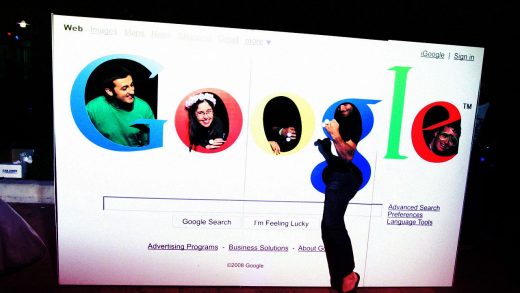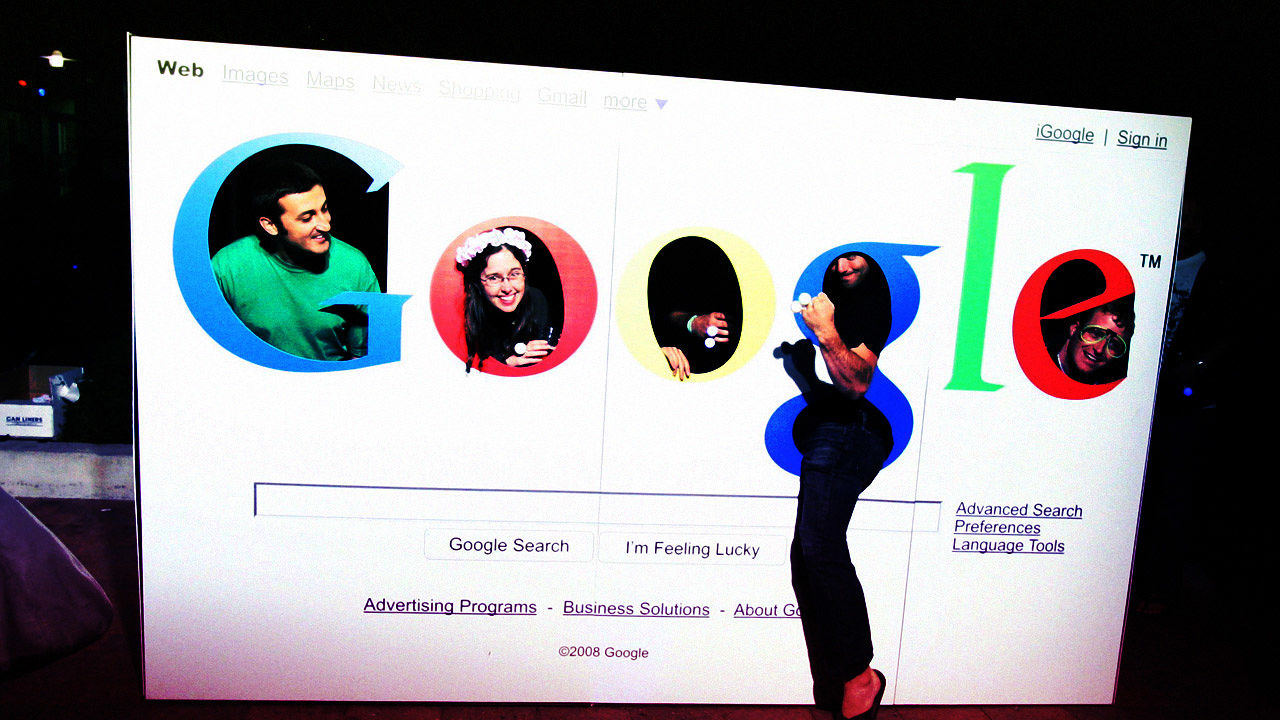Four Lessons On Work Culture That I Learned At Google
I spent nearly 10 years at Google doing all kinds of stuff. I watched the company grow, change, get better, get worse, make mistakes, find solutions, and evolve—all from the inside. Some things I saw were brilliant, others less so. But now that I’m building my own startup, there are a few key aspects of Google’s work culture that I’ve taken with me. Here are four of them.
1. Seminars Don’t Have To Suck . . .
Google hosts awesome “tech talks” so frequently that it would be impossible to go to all of them and still do your job. At the time I worked there, my favorites were the crazy science-fiction ideas that someone was planning on turning into realities—like space elevators (Larry Page even sat in on that talk) and self-driving cars. In fact, I went into that one thinking this guy had watched the Jetsons too many times, and after 20 minutes was completely convinced it was possible, and that it would happen very, very soon—and, of course, it’s happening right now.
My new company is a platform for investing in real-estate backed loans. And while many of us have multidisciplinary backgrounds, few of us have experience in all four major pillars of our business: real estate, finance, technology, and law. So for our version of “tech talks,” I decided to start with our best assets, the people inside the company, as speakers. So far, it’s worked surprisingly well. We’ve now given talks on a range of topics from “tips-and-tricks on Chrome, Gmail, Docs and Drive” to “understanding underwriting of real estate loans.”
One of our most popular talks was one on legal and compliance, if you can believe that. Eventually I look forward to inviting people outside the company to come and give talks, but for now, we’ve been doing them ourselves, and it’s going great.
2. . . . And Neither Do All-Hands Meetings
Google used to hold what was called “TGIF” on late Friday afternoons in Mountain View. These were all-hands meetings where Larry, Sergey, and a handful of execs would take the stage, discuss what had happened that week, and answer questions.
I always felt that later in the week was a good time to reflect, but not a good time to motivate people for the week ahead. The openness and transparency of the whole concept, though, is gold. So we’ve adapted it to “TGIM.” That’s right—we do a companywide meeting every Monday, at 10:30 a.m.
We talk about “what’s hot,” what happened last week, and important events coming up. We also introduce new employees, show off new product features, review our metrics, and discuss our pipeline of investments. It’s a great way for people to keep up on all the stuff happening at our startup while we’re moving at breakneck speed. As long as we keep it interesting, it works really well.
3. Setting Better Goals Can Be Motivating, Not Just Practical
We recently started doing company-wide OKRs, the well-known “objectives and key results” that are basically a strategy for goal setting. To be honest, I kind of hated OKRs at Google. But as we’ve grown the new startup, I started hearing that people weren’t sure how various initiatives fit into the bigger-picture goals. Our business can be complicated, so that didn’t surprise me too much.
When we started setting OKRs, it added a level of clarity and focus to our teams that we never had before. It forced all of us to think through annual and quarterly goal setting for the company, each sub-team, and each person on each team.
Since then, we’ve all been able to focus on the key things they need to accomplish, which has dramatically reduced overlapping responsibilities. And perhaps most important, once people understood how their efforts fit into the whole picture, it gave their work more meaning. And that’s a powerful thing—OKRs have proven to be extremely motivating.
4. Always Plan To Grow
When we launched Google Drive during my time at Google, we had crazy growth goals, but we had no reasonable idea for how we’d hit them with the anemic marketing budget we’d been allocated. Then it occurred to us to integrate Drive with Gmail in a way that provided a lot more user value than if they had stayed distinct from one another. We did that and wound up reaching our goals.
To keep growing Gmail, we relied on Android. And to grow Google Analytics, we tapped into the ecosystem of third-party consultants.
At PeerStreet we’ve hypothesized that there’s pent-up demand from both individuals and institutions for the loan investments we offer, but it’s unlocking the supply side that’s hard. The trick is to unlock it in a way that scales while maintaining quality. So we use what I call the “fishing boat” strategy: Instead of being a lender, which is time-consuming and hard to scale, we partner with existing lenders (the fishing boats).
Inspired by my experience at Google, this model has proven smart so far for a handful of reasons. Everyone knows real estate is a local game. Local lenders have a much better understanding of their local market than a centralized system ever will. They also have relationships with the best repeat borrowers, who know how to quickly and efficiently rehabilitate a property. In this industry, that’s a signal of experience and a good proxy for quality. We can then focus our own resources on creating value for investors by surfacing higher-quality investments and making it easier to diversify. In other words, we let the fishermen fish, then partner with the boats.
As the company grows, I’m sure we’ll encounter some of the same opportunities and problems I ran into at Google. And who knows? Maybe one day we’ll end up having issues with our self-driving employee buses being too big for the streets of Manhattan Beach, California. But until then, I’m focused on borrowing the best parts of Google’s culture—and it seems to be working.
Brett Crosby is the COO and cofounder of PeerStreet, a real estate lending marketplace. He was formerly director of marketing at Google where he cofounded Google Analytics and worked on Google’s most prominent products.
A version of this story originally appeared on Medium. It has been adapted and reprinted with permission.
Related Video: Every Meeting you’ve ever been to in 2 minuntes
Fast Company , Read Full Story
(21)



